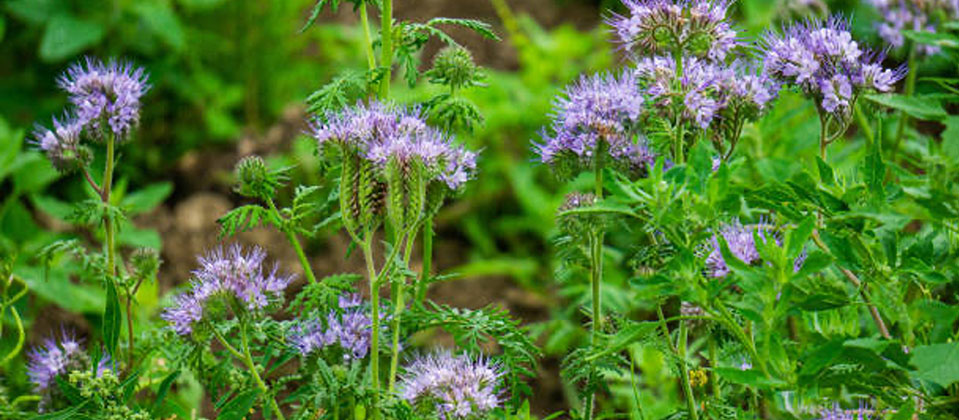It’s the crazy time of year now, and the fast climb up to summer solstice. Growth is extraordinary and if you miss a few days on your plot the change is astonishing, and demands even more work of you.
Perhaps you’re finding yourself aching from all the hours weeding and sowing and planting. It’s always good to remember to extend forward from the hips, keeping the back and front bodies long and open, and your feet parallel to one another, rather than hunching up towards the ground. That really helps keep the lower back happy and free, so you can go on and on with all you need to do.
It’s a great time to be making compost, as you’re probably running out of what was already made as you spread it for your crops. When the weather is warmer the whole process speeds up, and having big heaps also helps the processing. Remember to build layers with greens and browns, nitrogen and carbon, with as much cut comfrey and nettle tops (not the roots) as you can generate. It’s best not to use coloured cardboard because of the inks or dyes, but brown cardboard boxes torn up are excellent compost material. If you have any grass paths, the cuttings will also contribute to rich fast maturing compost.
If you sowed green manures earlier in the year, they may be ready to be cut or hoed off now, and added to the compost, or used to mulch around your potatoes. (Potatoes need soil drawn up around the stems, to ensure that the developing tatties stay well underground; any light will turn them green and poisonous.) The green manures like phacelia or crimson clover will be coming into glorious flower, so you may want to leave at least some of them to attract pollinators to your beans, and just to enjoy the show. And if you have any unused space, unlikely as that is at this time of year, you can sow clover and phacelia still, or a mustard for a quick ground cover.
The worst thing about this time of year is netting! The birds are still hungry for food for their young and pigeons are insatiable. Your soft fruits definitely need to be netted to stop birds eating the jewelled currants and raspberries, but it’s a tricky job to make sure there are no gaps, even at ground level, weighting it down with stones or bricks or logs; if a bird does get in, they will scoff your fruit, but likely also get stuck in the netting which is a horrible fate. Sparrows will scuff up baby beetroot, and large white butterfly caterpillars will hungrily devour your brassicas (even though they’re not mentioned in that children’s story!). Carrot root fly and leek moths are much tinier, but will home in on growing crops and spoil them, so use some mesh covering to keep them out. You can keep your nets for many years, and there are some available now which are not plastic and so obviously a better idea.
Meanwhile, amid all these jobs, don’t forget to keep sowing: main crop carrots, lettuces (as long as it’s not too hot), a further lot of French beans, and summer turnips like Purple Top Milan, so delicious fried with your lightly steamed first broad beans. It makes all the hard work worth it!
Plotlines, written by one of our York allotmenteers, is a twice monthly blog aimed at anyone who would like some guidance about growing on an allotment.


